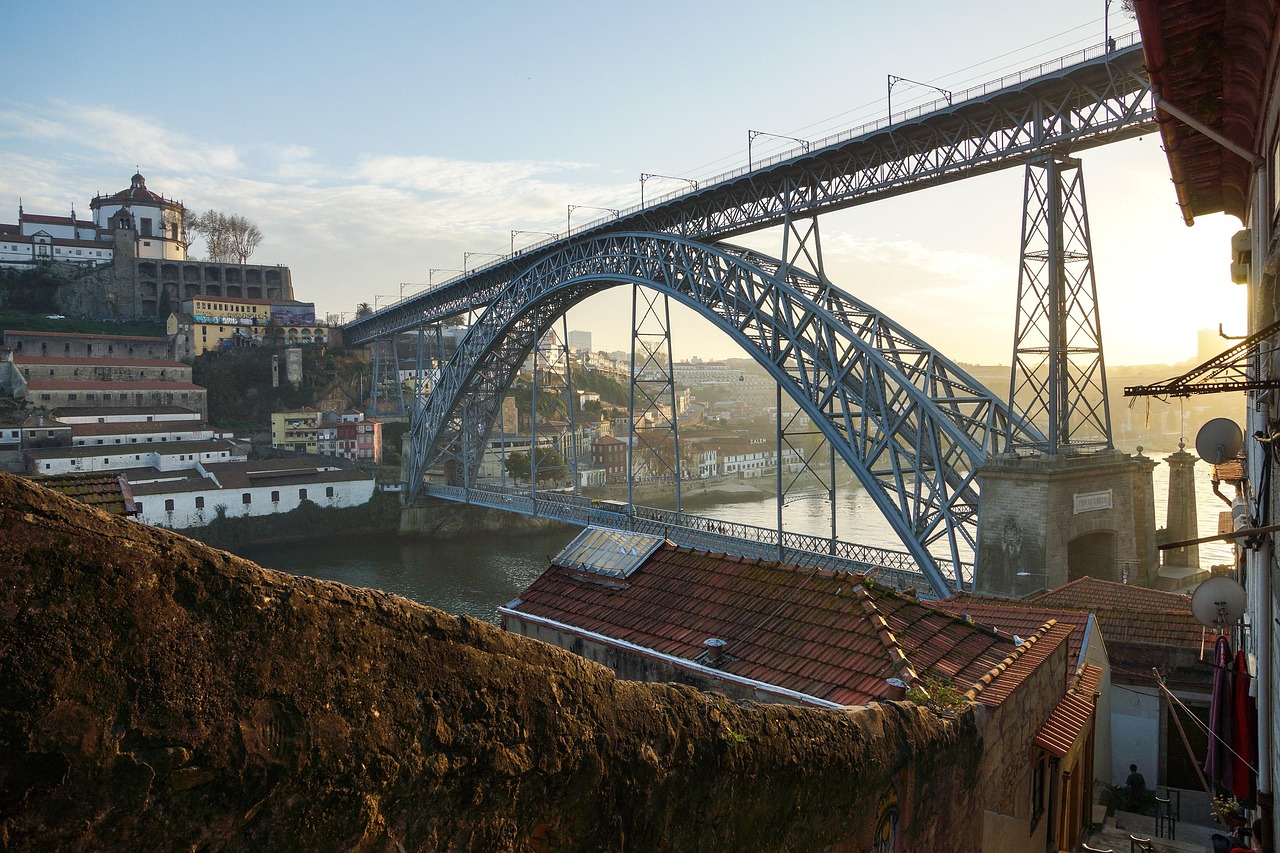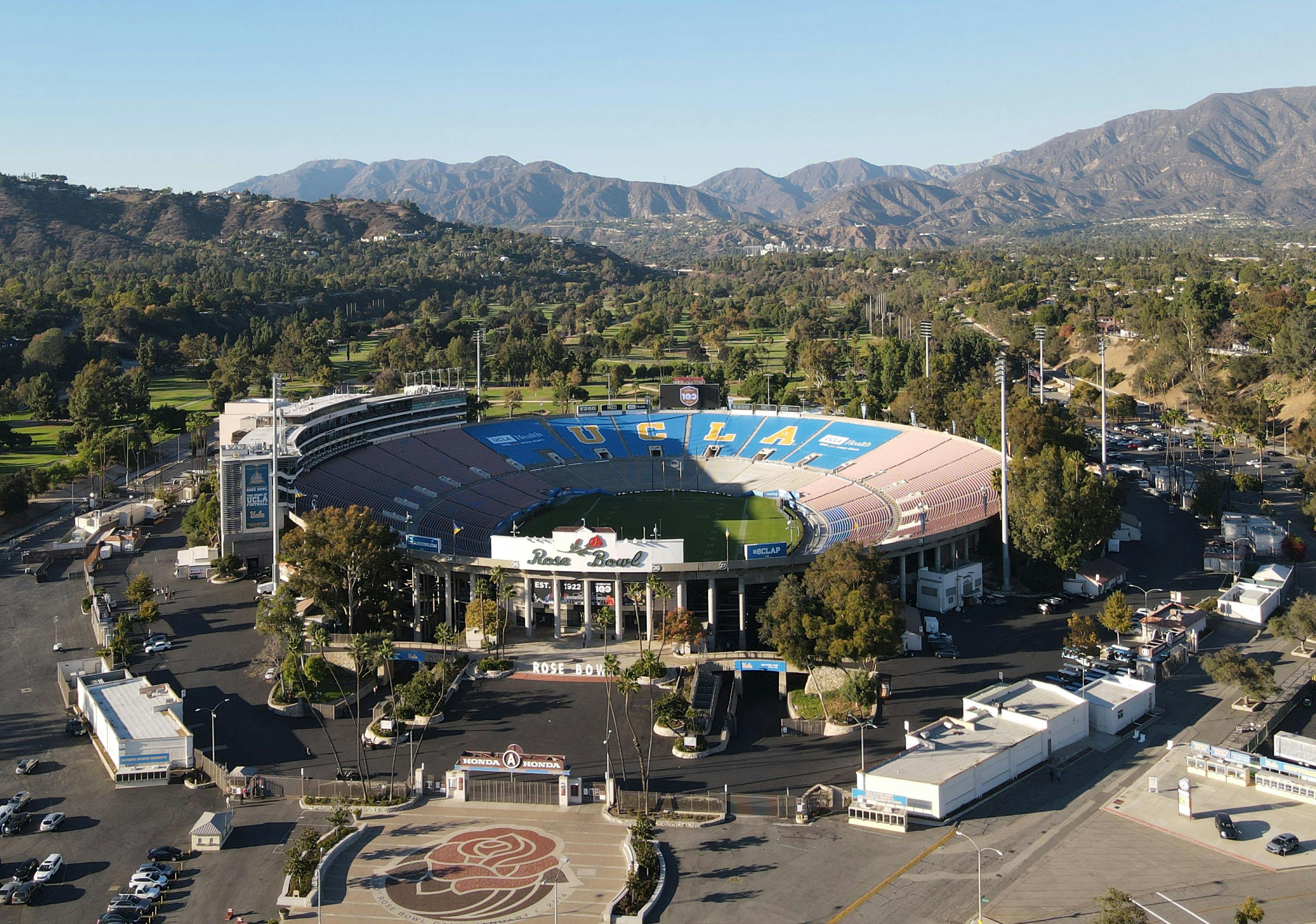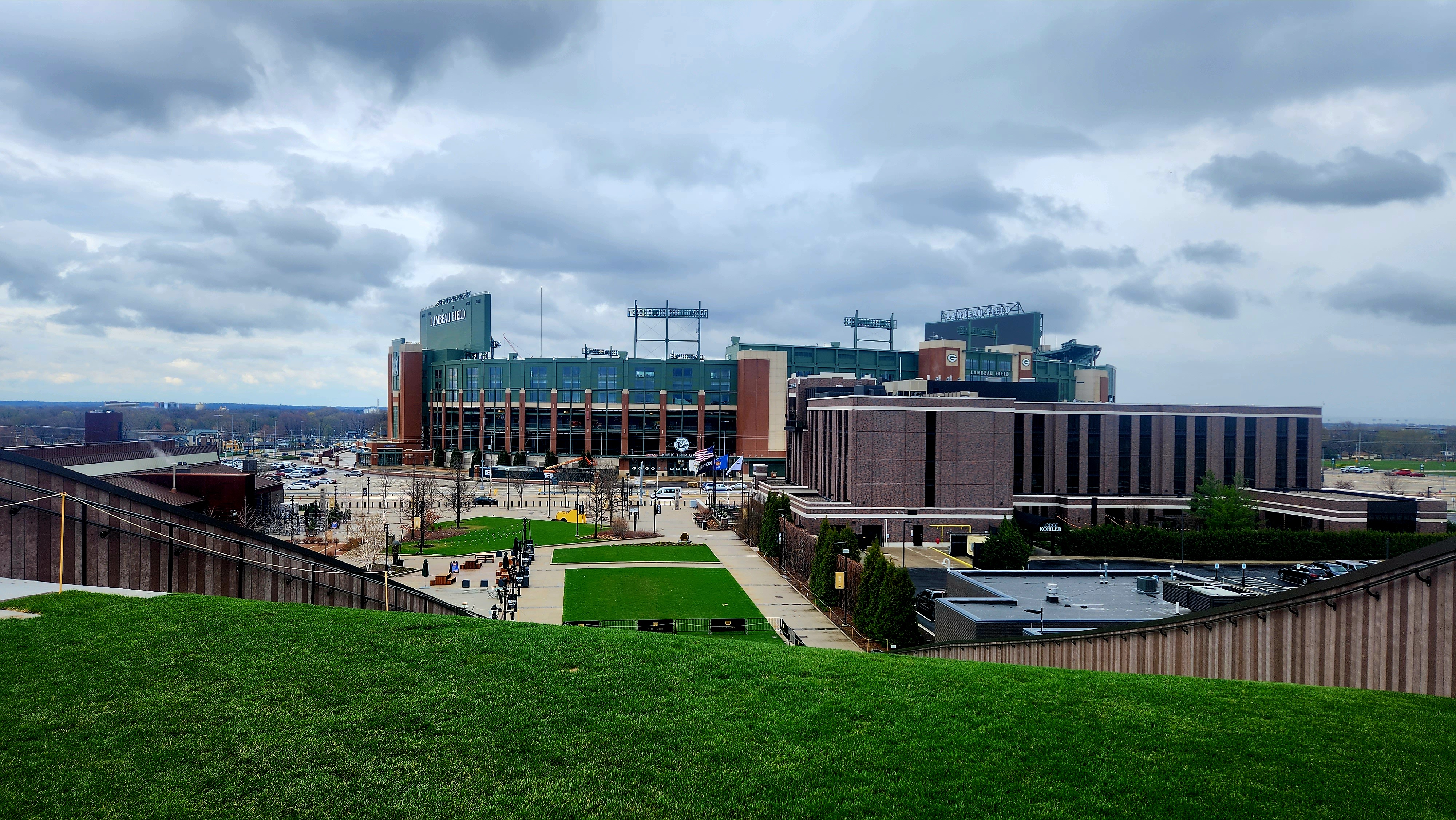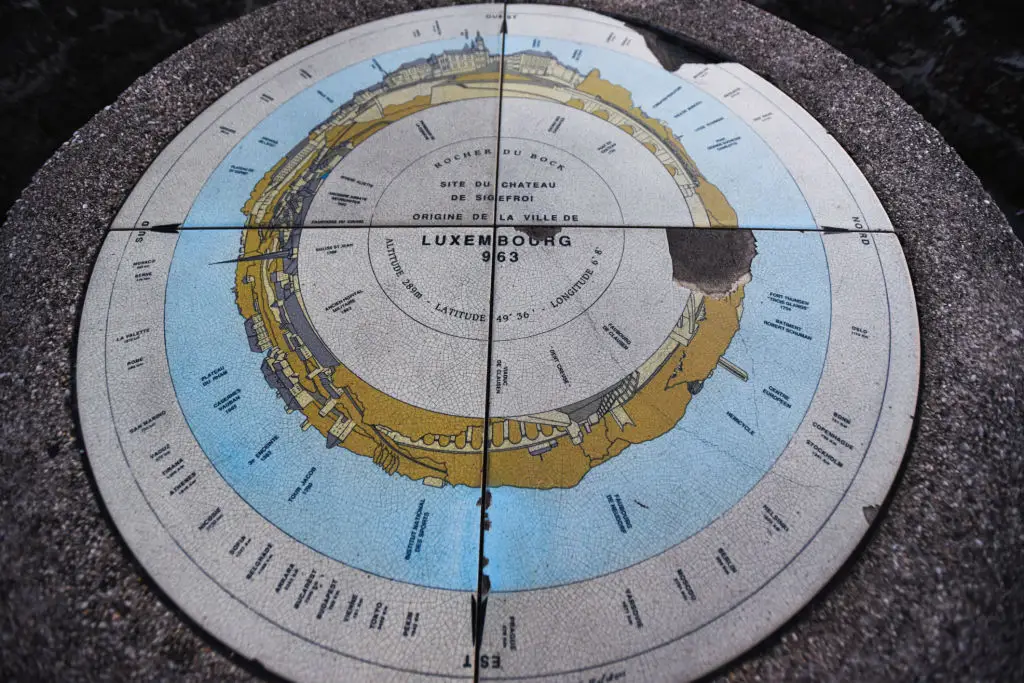12 Ghostly Industrial Relics: Factories & Mines Frozen in Their Prime
Once roaring with machines and teeming with workers, these industrial sites now sit in eerie stillness—silent, skeletal reminders of a world built on steel, coal, and labor. Abandoned factories, mines, and power plants often outlast their purpose, leaving behind rusted catwalks, soot-stained walls, and perfectly preserved tools as if production simply stopped mid-shift. These 12 ghostly relics were once engines of progress—now, they’re haunting monuments to ambition, collapse, and the strange beauty of arrested motion.
1. Hashima Island Coal Mine, Japan
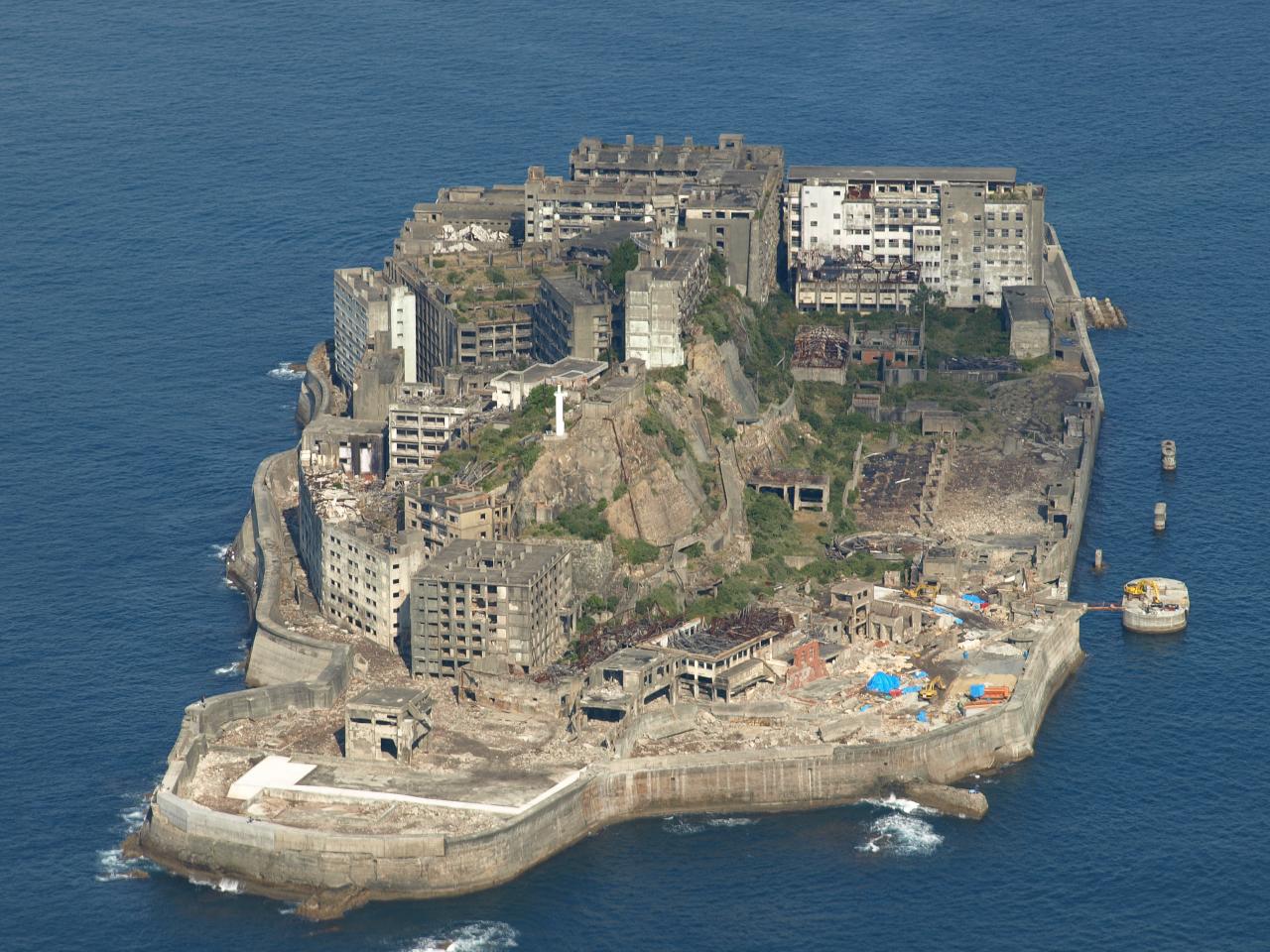
Known as Gunkanjima, or “Battleship Island,” this desolate hunk of concrete rises from the sea like a ghost ship. Once a humming coal mining colony with over 5,000 residents packed onto a tiny rock, Hashima was abandoned in 1974 almost overnight. What remains is a haunting skyline of hollow apartment blocks, rusting mine shafts, and rain-soaked corridors littered with relics of daily life—school desks, bicycles, scattered shoes. The ocean winds scour every surface with salt, etching time into concrete. Today, parts of the island are open for limited tours, offering a stark glimpse into industrial ambition—and abandonment.
2. Packard Automotive Plant, Detroit, USA
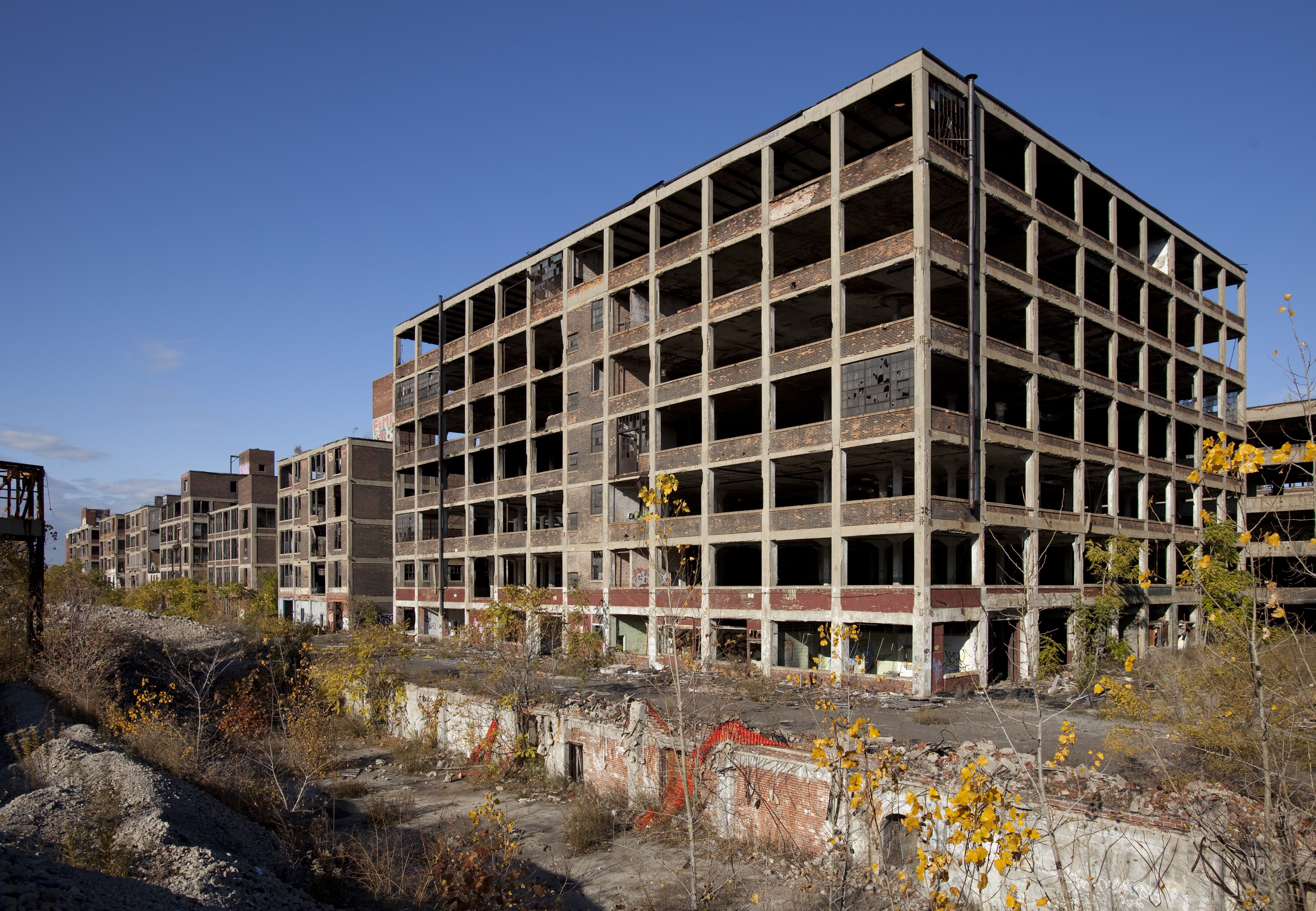
Once the pride of Detroit’s motor age, the Packard Plant sprawls across 40 acres of crumbling innovation. In its prime, it was a marvel of early 20th-century industrial design, producing luxury cars and shaping automotive history. After its closure in the 1950s, time crept in—windows shattered, ivy grew wild, and graffiti turned its cavernous assembly lines into a street art gallery. The skeletal remains of catwalks, stairwells, and rusted conveyors still suggest movement, even as silence dominates. Walking through it today feels like wandering through an abandoned cathedral to American manufacturing—grand, decayed, and heavy with what once was.
3. Zeche Zollverein, Essen, Germany
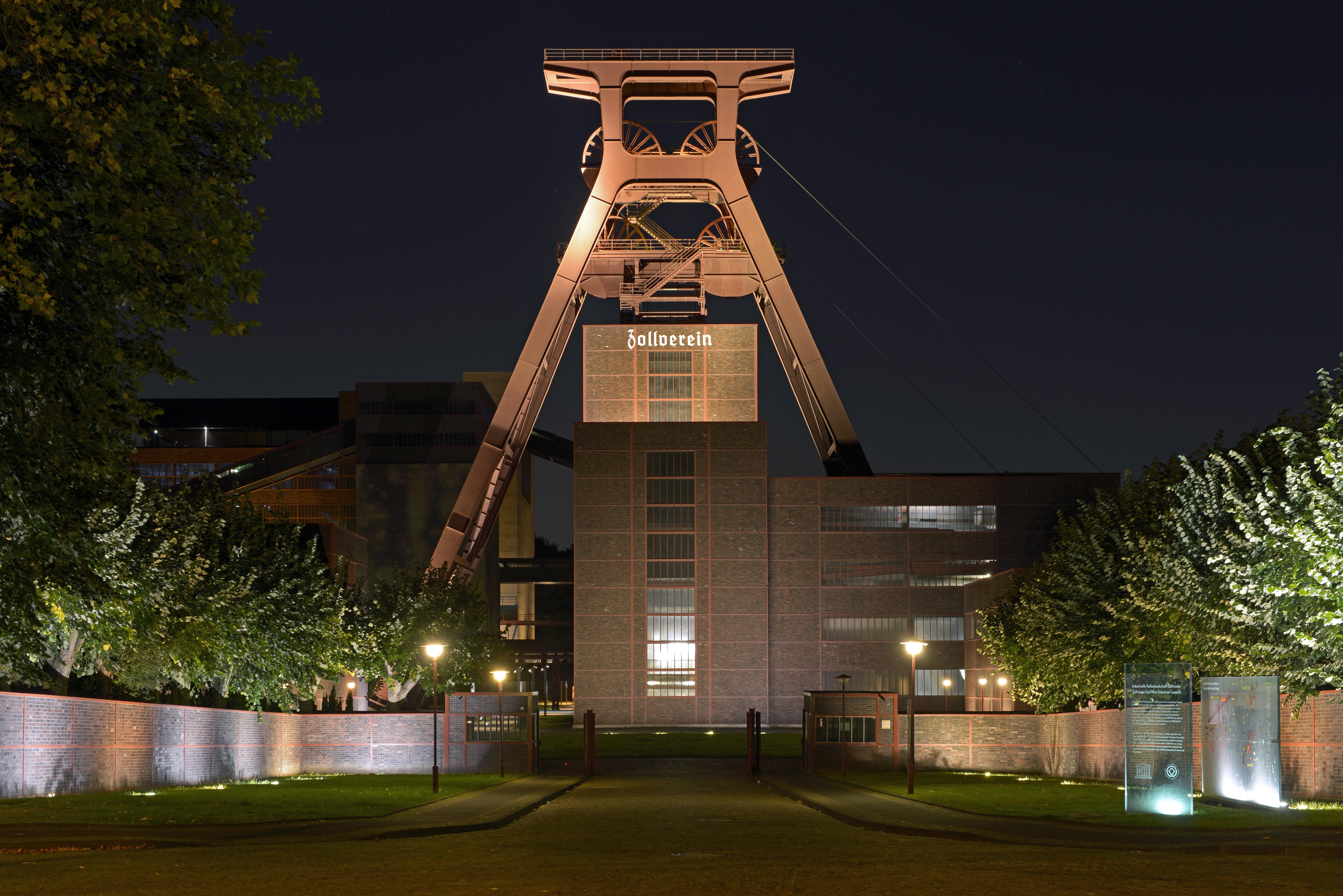
Often called “the most beautiful coal mine in the world,” Zeche Zollverein is an industrial relic preserved with sculptural precision. Declared a UNESCO World Heritage Site, this former coal and coking complex retains its linear machinery, towering conveyors, and brick-clad symmetry like a Bauhaus fossil. Built in the 1930s, it closed in 1986—but rather than decay, it became a testament to industrial design. Today, visitors walk through immaculate rust—engineered decay repurposed as museum, cultural center, and eerie photo backdrop. It’s a place where engineering meets aesthetics, and where the ghosts of labor are framed by artful preservation.
4. Salina Turda Salt Mine, Romania
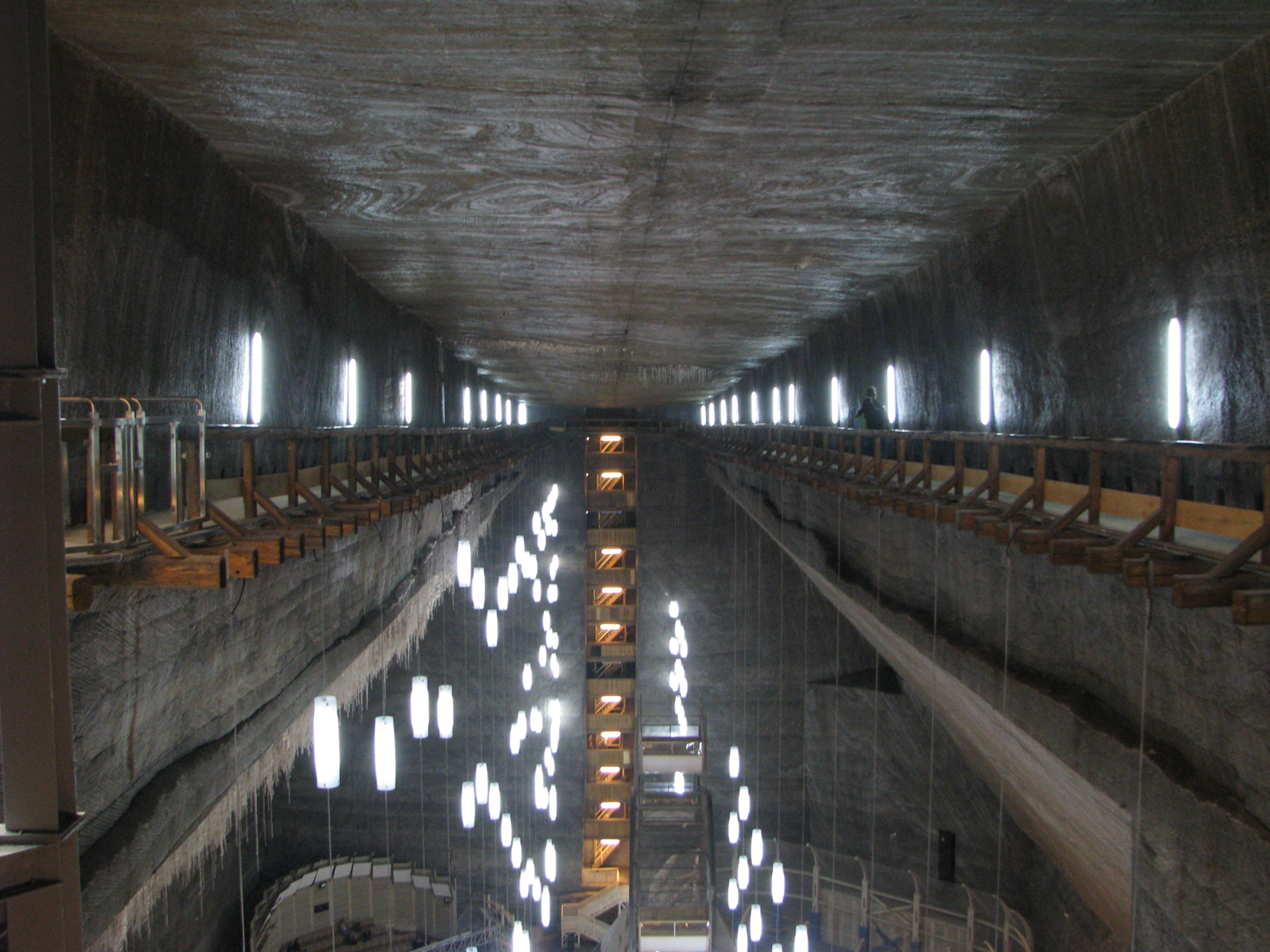
A surreal descent into the Earth, Salina Turda is a former Roman salt mine that’s been everything from military shelter to cheese locker—and is now part amusement park, part subterranean museum. Visitors descend into caverns encrusted with salt crystals, some as large as cathedrals. In its central chamber, a Ferris wheel spins under disco lights, paddle boats glide across an underground lake, and echoing laughter bounces off walls carved by centuries of labor. It’s part surreal wonderland, part post-industrial dreamscape. The only thing more strange than its present is its past—a history preserved in salt and silence.
5. Fordlândia, Brazil
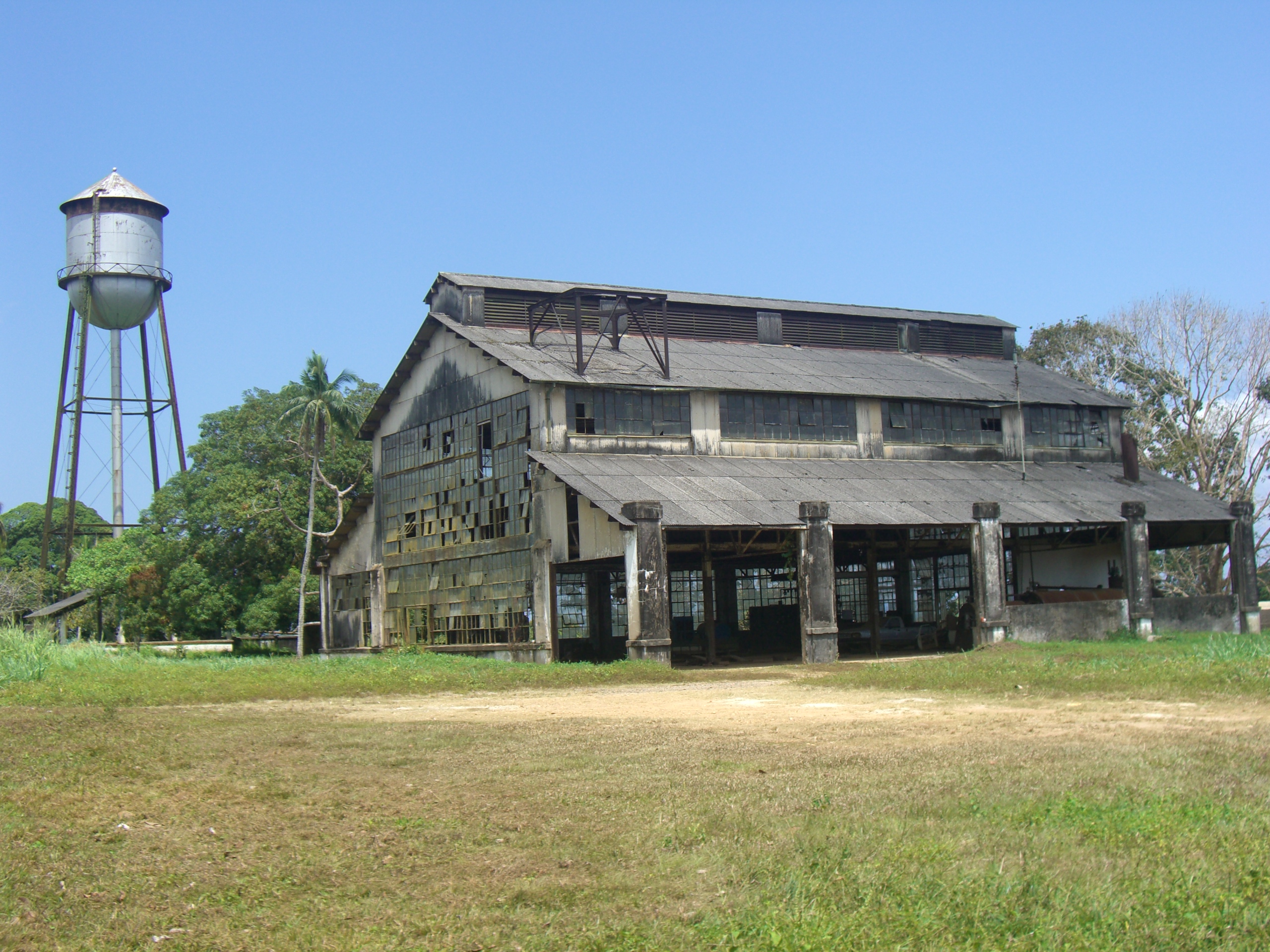
In the 1920s, Henry Ford envisioned a rubber-producing utopia in the Amazon. He built Fordlândia, an American-style town complete with suburban houses, a golf course, and a Ford factory—thousands of miles from Detroit. But the jungle rejected it. Locals resisted the regimented lifestyle, rubber trees succumbed to disease, and the project collapsed. Today, the site is a haunting contradiction with orderly colonial houses overtaken by vines, rusting mills surrounded by silence, and skeletal factories slowly decaying under tropical skies. It’s a cautionary tale of industrial arrogance—a dream of control, undone by nature’s quiet insistence on chaos.
6. Varosha Power Station, Cyprus
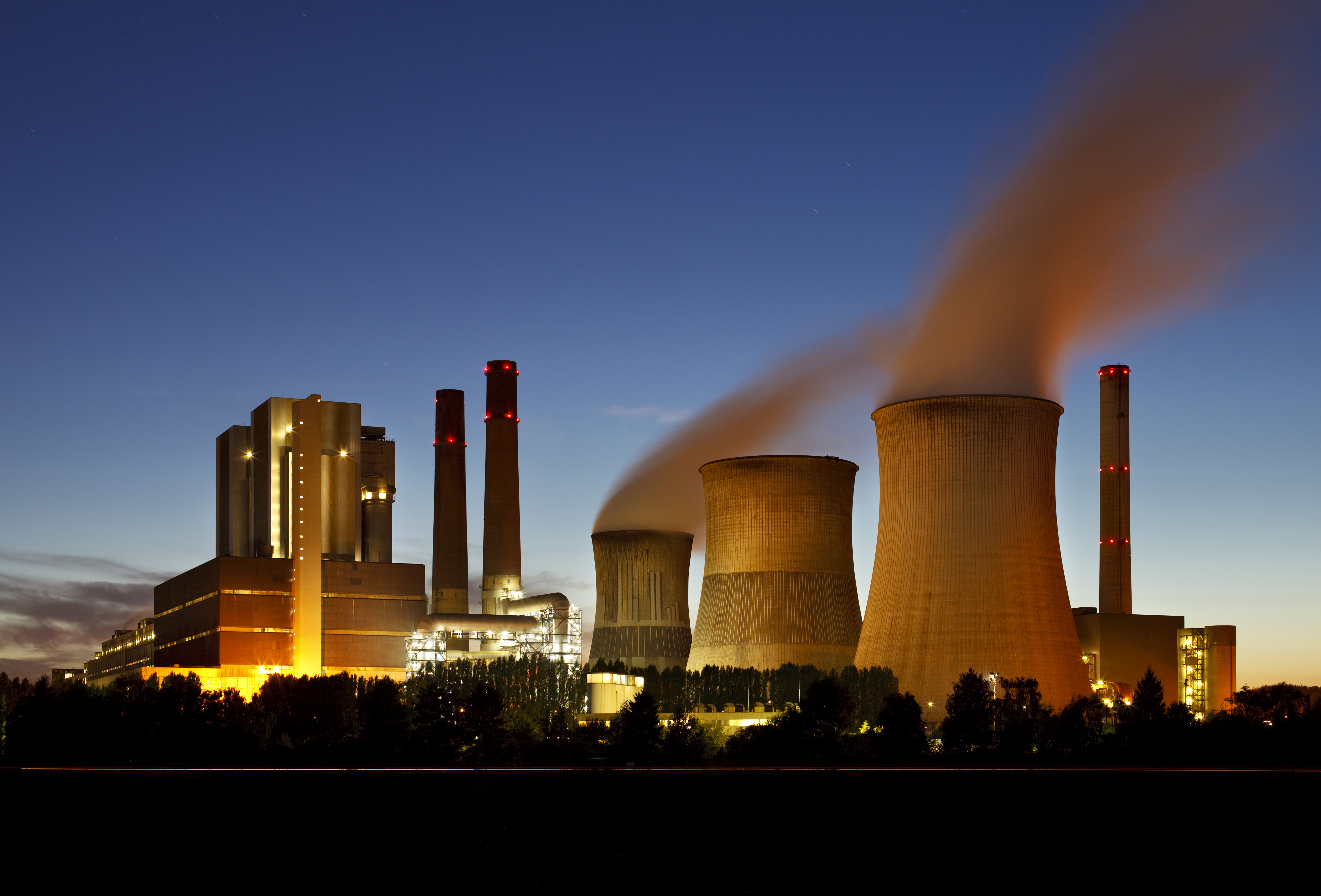
Frozen in time since the Turkish invasion of 1974, the Varosha Power Station is a relic behind fences—untouched yet intact. Machines remain idle, switches still flipped, control rooms preserved like museum pieces sealed behind barbed wire. Located in the restricted buffer zone, the site is visible but unreachable, creating an eerie tableau of halted progress. It feels like stepping into a Cold War time capsule—everything paused mid-function, awaiting orders that never came. There’s something deeply unsettling about seeing so much functionality preserved, yet utterly obsolete. It’s not just abandoned; it’s been perfectly silenced.
7. Orford Ness, England
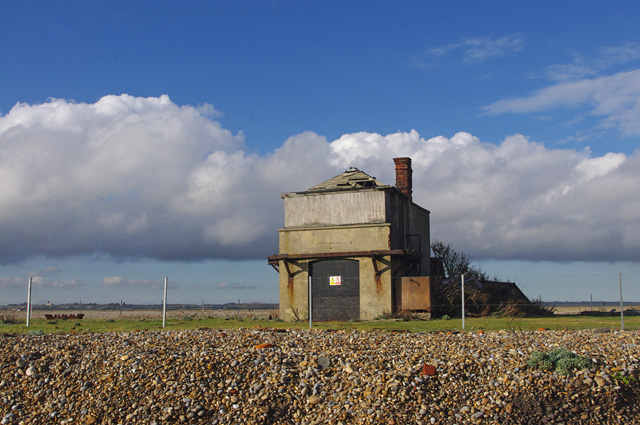
A bleak, beautiful stretch of gravel coastline, Orford Ness was once a secretive military testing ground. Now, it’s a windswept stage of decaying laboratories, rusted antennas, and concrete pagodas—so-called for their brutalist domes. These structures once housed atomic experiments and radar tests. Today, gulls wheel overhead and sea winds whistle through broken doors, echoing with phantom footsteps. Managed by the National Trust, Orford Ness is open to the public in limited windows—yet it still feels forbidden. It’s one of those places where history isn’t buried; it just lingers, windblown and salt-bitten, among the shingle.
8. Buzludzha Monument, Bulgaria
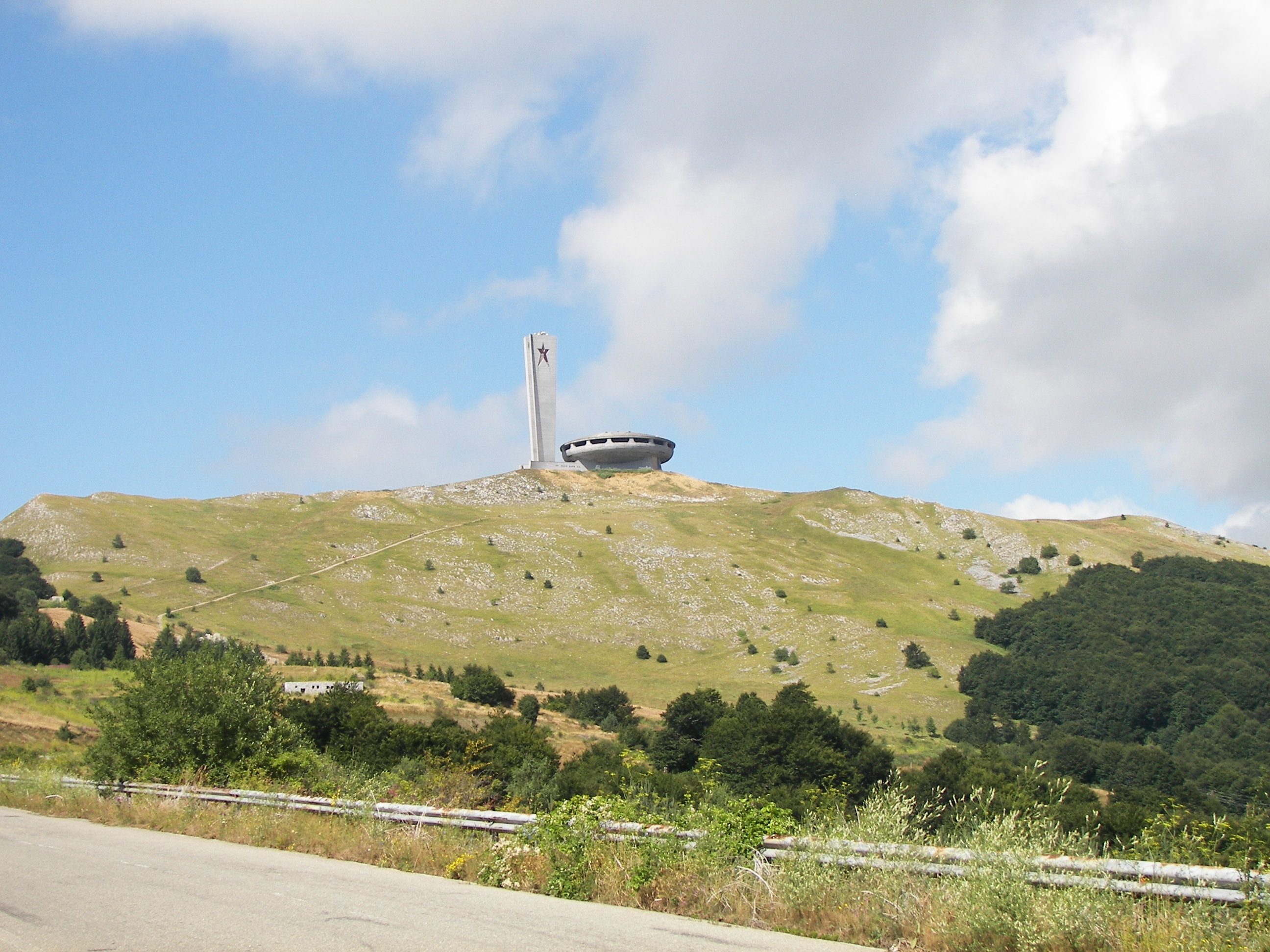
Perched atop a mountain and shaped like a brutalist UFO, the Buzludzha Monument is a decaying ode to the Bulgarian communist era. Built in 1981, it once housed propaganda exhibitions and massive mosaic murals extolling socialist glory. After communism’s fall, the monument was abandoned—leaving red stars to fade and revolutionary slogans to peel from walls. Entering it feels like trespassing into a lost ideology. Snow drifts through holes in the ceiling; the air is metallic and sharp. There’s no electricity, just echoes of speeches and crumbling mosaics of Lenin and Marx. It’s not just a ruin—it’s a memory unraveling.
9. Gunkanjima Conveyor Tunnel, Japan
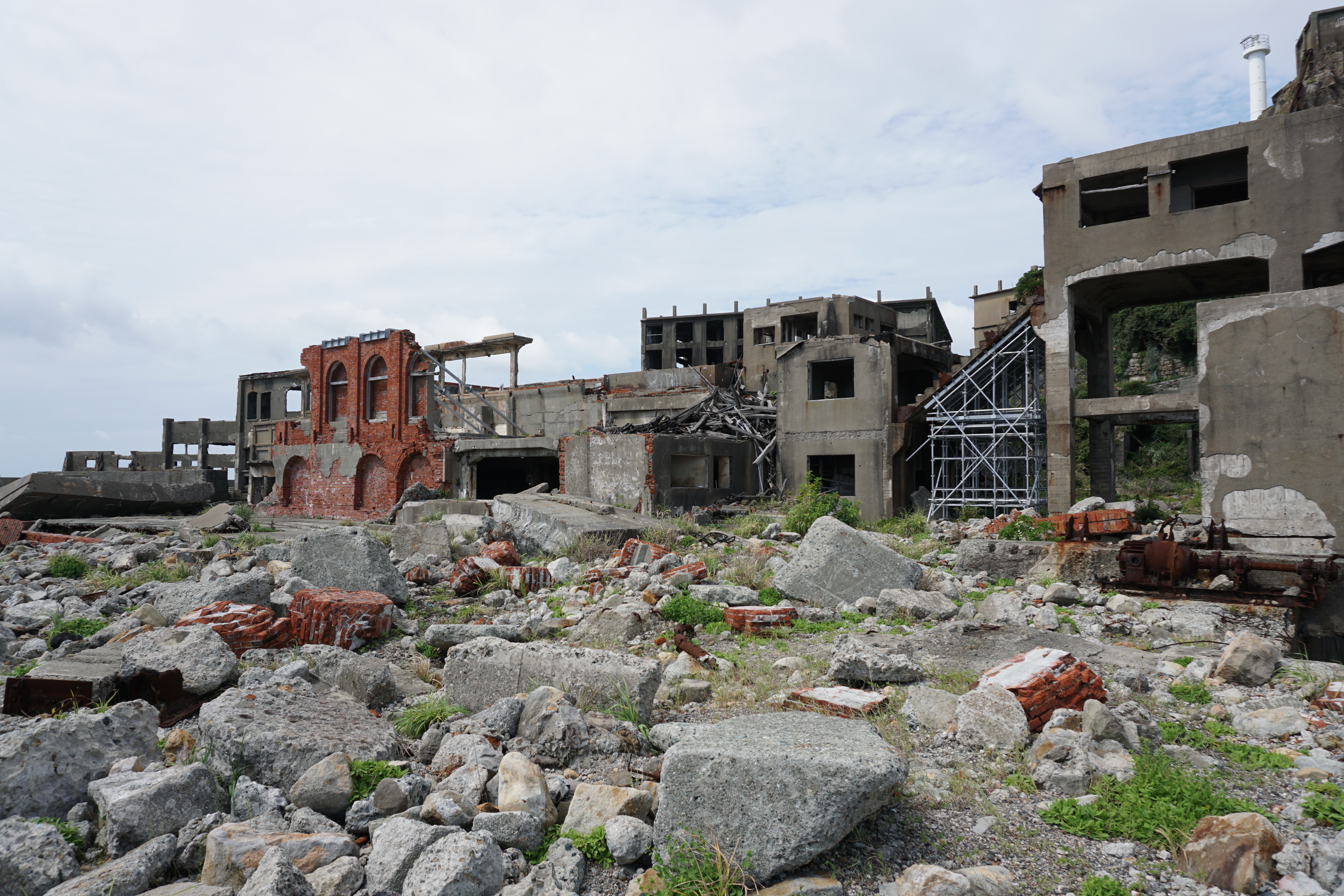
Part of the greater Hashima Island complex, the underground conveyor tunnel that once transported coal is one of its most haunting structures. The tunnel snakes through the rock like a rust-clad artery, stretching from the mine shaft to the port. Its steel skeleton remains chillingly intact—silent, oxidized, and echoing with imagined motion. Walking through it (if permitted) is like traveling through the throat of a dormant machine. Water drips. Light fades. It’s claustrophobic, surreal, and deeply compelling. As the coal era fades into history, this tunnel feels like the final whisper of a forgotten engine.
10. Kaymoor Coal Mine, West Virginia, USA
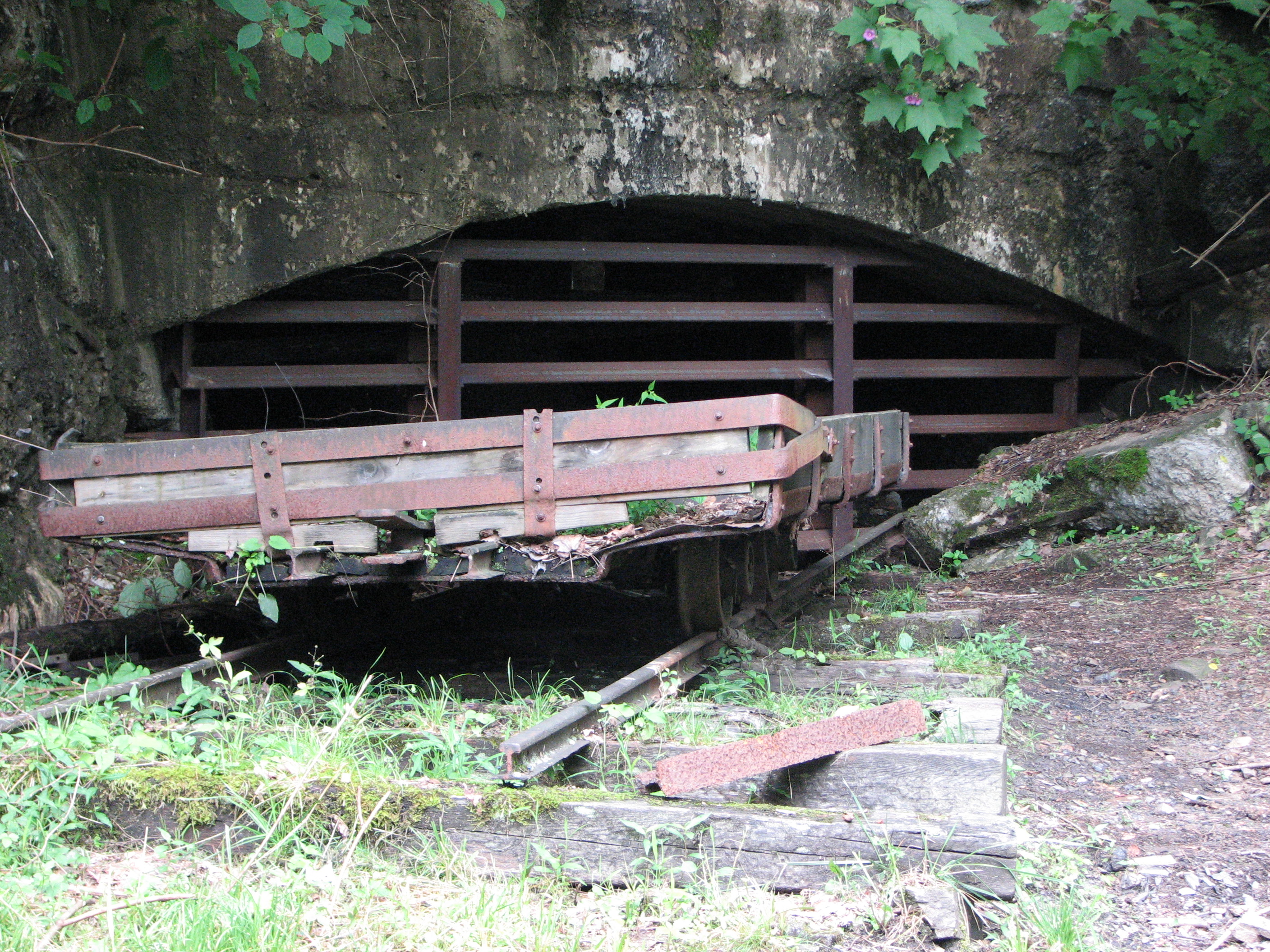
Clinging to the cliffs of the New River Gorge, Kaymoor is equal parts industrial relic and natural reclamation. Built into the Appalachian mountains in the late 1800s, it once employed hundreds—miners who descended steep inclines to pull coal from the Earth. Today, the steel tipples, conveyer lines, and decaying rail trestles are overgrown with moss and vines. Nature is reclaiming what once fueled the Industrial Revolution. Walking the site’s rugged trails, you can still spot gears in the underbrush, hear the wind through rusted beams, and feel the weight of a place that once ran on human labor and coal dust.
11. Tsumeb Mine, Namibia
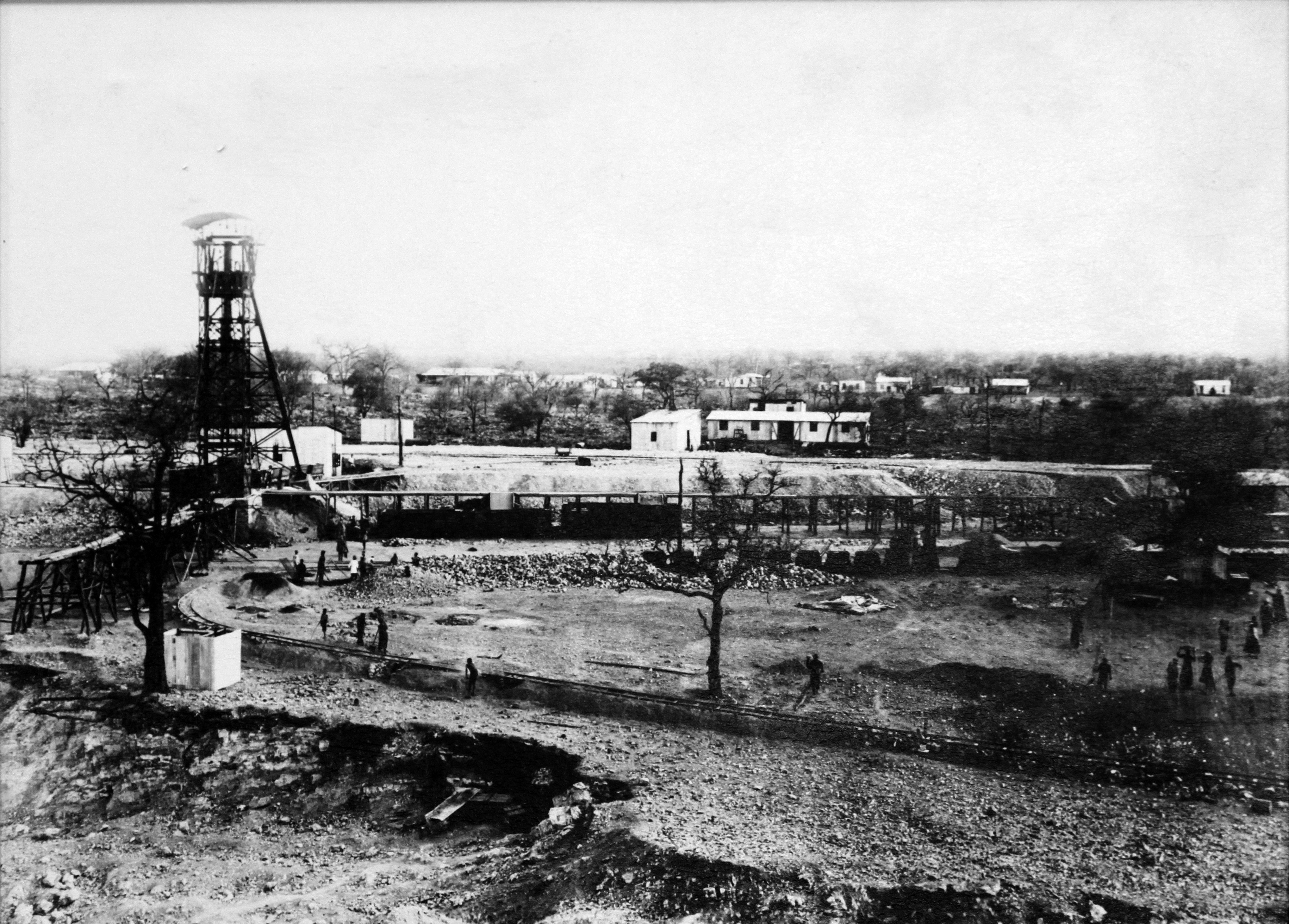
Famous for its mineral diversity, the now-closed sections of Tsumeb Mine read like a freeze-frame of global mining history. Deep within its shafts, tools remain where they were last used. Helmets hang in rows. Lanterns sit on benches, long extinguished. Some levels are inaccessible, left in near-perfect condition—time stopped mid-shift. Known as one of the richest sources of rare minerals ever discovered, Tsumeb’s silence is scientific and sacred. Its hushed tunnels and forgotten labs feel like an underground museum, haunted not by ghosts but by the pursuit of something buried, beautiful, and utterly elemental.
12. Rummu Quarry & Prison, Estonia
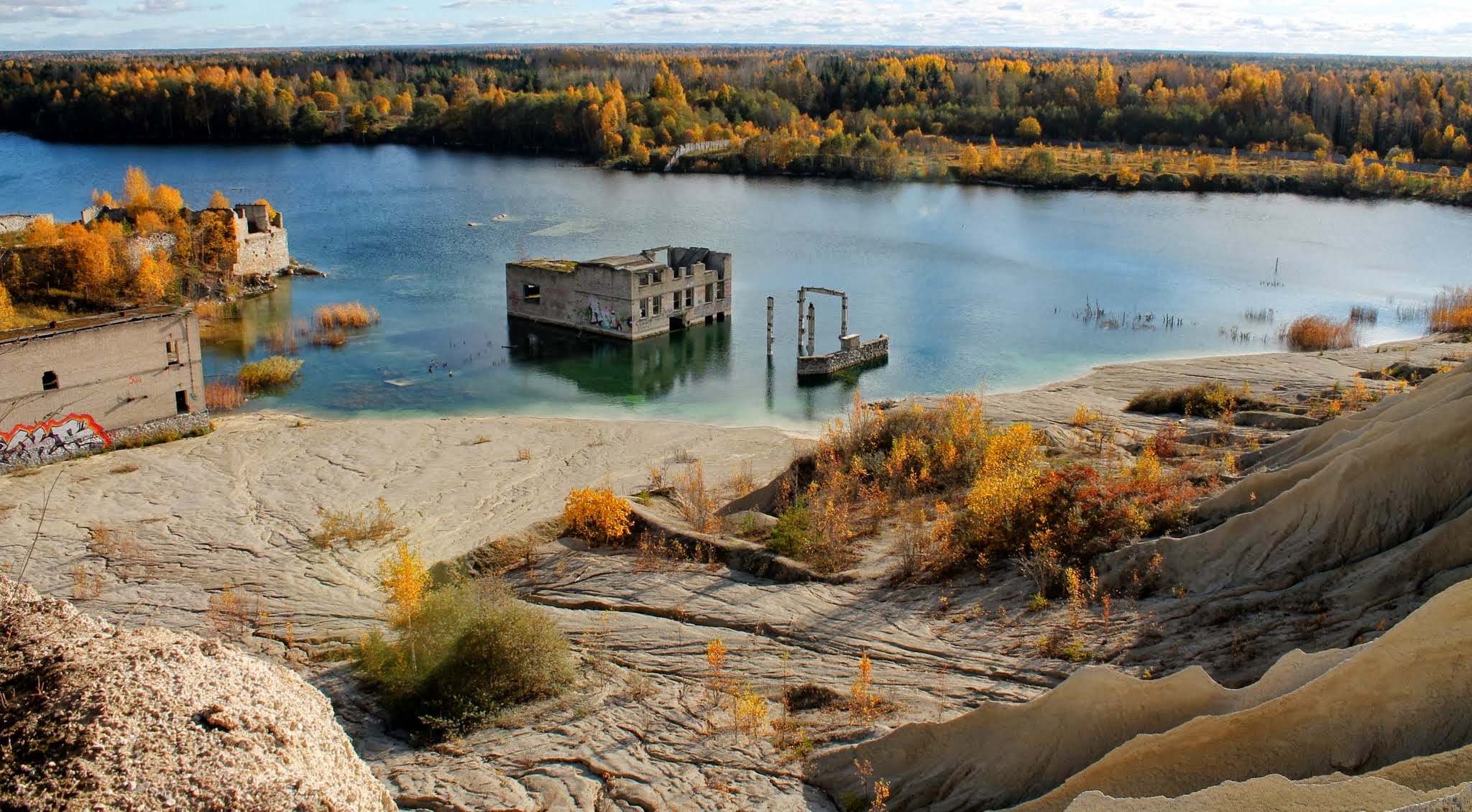
This Soviet-era limestone quarry and adjacent labor prison was abandoned and then, quite literally, drowned. After the pumps were turned off, groundwater flooded the excavation pits—submerging watchtowers, prison walls, and factory floors. Today, the site is eerily beautiful: turquoise waters surround ruined structures that jut above the surface like dystopian ruins. Divers explore sunken buildings; swimmers pass graffiti-tagged remnants. It’s surreal—a place where oppression has been half-erased by water, but not forgotten. Above and below the surface, Rummu feels like a dream turned inside out—industrial decay disguised as a summer escape.


